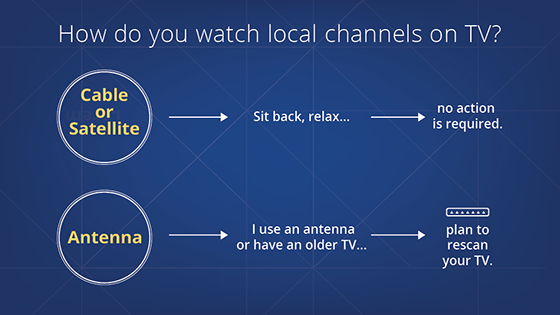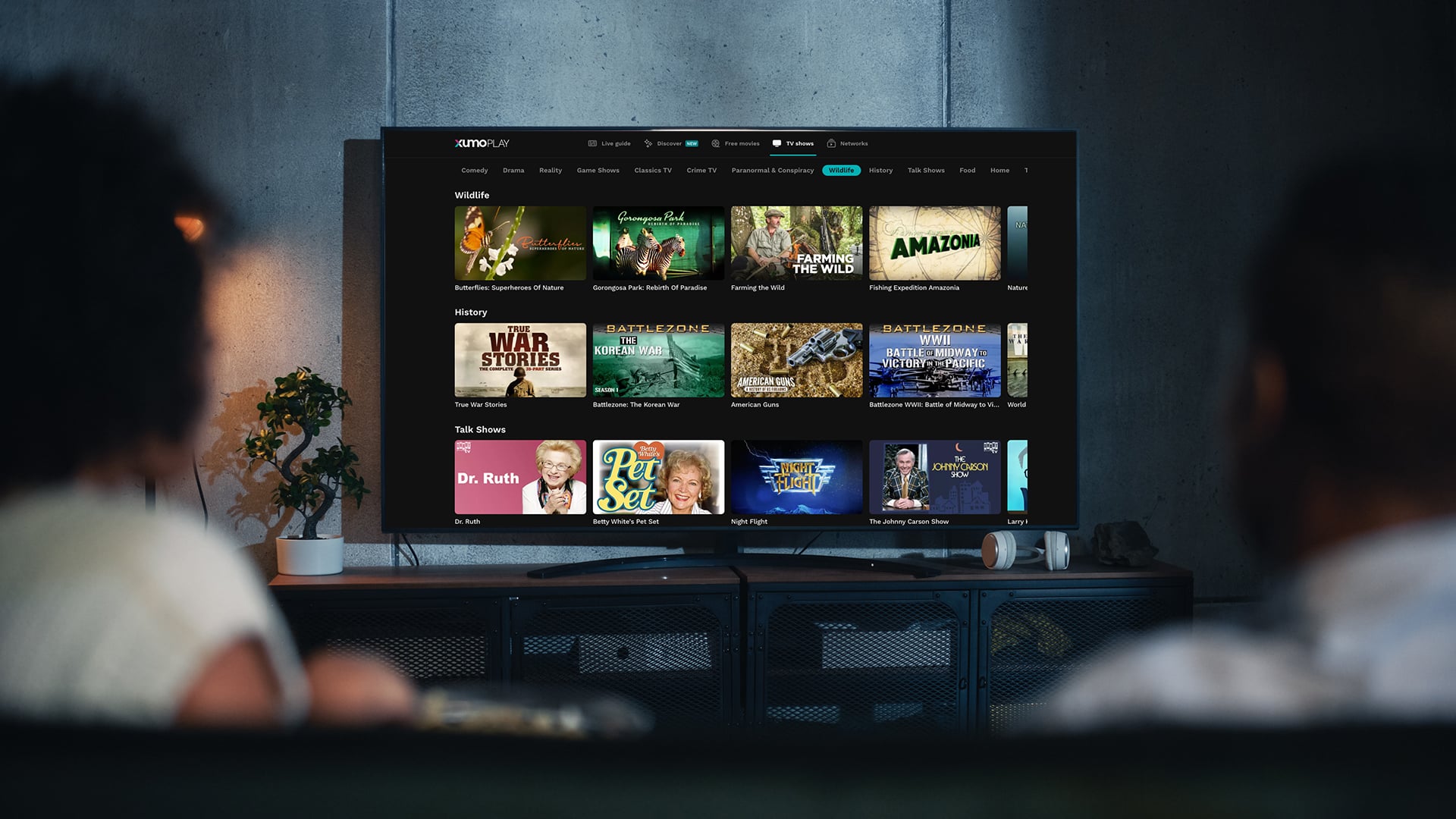See This Report about Apollo Group Tv
See This Report about Apollo Group Tv
Blog Article
Facts About Apollo Group Tv Uncovered
Table of Contents10 Simple Techniques For Apollo Group TvMore About Apollo Group TvSee This Report on Apollo Group TvWhat Does Apollo Group Tv Mean?
In this circumstance, rather than having three-minute industrial areas throughout a 30-minute tv program, TV programming may transform to one where a customer will certainly be required to have a regular monthly subscription, to ensure that they cen sight targeted banner advertisements. This kind of advertising already happens on the web, and the quantity of information tv firms accumulate allows them to do much the same.Explain the significant patterns amongst the broadcasting and cord networks. Popular radio reveals such as authorities drama Dragnet and western cowboy collection Gunsmoke were adjusted for television, and brand-new Television shows were funded by solitary advertisers, simply as radio programs had been.
Today, the tv market is far more intricate. Programs are sponsored by multiple marketers; shows is regulated by major media conglomerates; and the 3 major networks no longer control the airwaves but rather share their customers with numerous wire channels. Several aspects account for these fads within the market, including technical developments, federal government policies, and the production of new networks.

Apollo Group Tv for Beginners
Also public television has actually become based on the influence of advertising. Developed in 1969, (PBS) developed out of a record by the Carnegie Commission on Educational Tv, which analyzed the duty of academic, noncommercial tv on society. The record recommended that the federal government money public television in order to give variety of programming throughout the network eraa service produced "not to sell products" yet to "enhance citizenship and public solution (McCauley, 2003)." Public television was likewise planned to offer global accessibility to television for customers in backwoods or visitors who might not manage to pay for personal tv services.
The period between 1950 and 1970 is historically acknowledged as the. Apart from a tiny portion of airtime managed by public television, the 3 significant networks (called the Big 3) dominated the television industry, collectively representing even more than 95 percent of prime-time watching. In 1986, Rupert Murdoch, the head of international firm Information Corp, released the Fox network, testing the prominence of the Big 3.
Targeting young and minority audiences with programs such as Buffy the Vampire Killer, Moesha, Dawson's Creek, and The Wayans Bros., the new networks intended to draw stations away from their old network affiliations. Instead than duplicating the success of Fox, UPN and WB battled to make an influence. Incapable to bring in several associate terminals, both new networks got to less families than their bigger competitors since they were impossible in some smaller cities.
This decision led the way for the growth of wire flick networks, adding to the exponential growth of cable television in the 1980s and 1990s. apollo tv group. Additional deregulation of cord in the 1984 Cable Television Communications Policy Act removed constraints on wire prices, allowing operators to bill what they desired for cable television solutions as long as there worked competitors to the service (a standard that over 90 percent of all wire markets might satisfy)
How Apollo Group Tv can Save You Time, Stress, and Money.

Having actually created the very first "superstation," Turner broadened his world by starting 24-hour news network CNN in 1980. At the end of the year, 28 national programs services were offered, and the wire revolution had begun. Over the next years, the sector undertook a duration of fast growth and popularity, and by 1994 audiences might select from 94 standard and 20 costs cable services.
Figure 9 - https://www.storeboard.com/apollogrouptv7.16 Raised competition from cord networks has triggered a steady decline in the networks' target market rankings. During the 1950s, the expense of generating a solitary television show boosted as programs became longer and manufacturing prices soared. Sponsorship on network television moved from solitary sponsorship, in which a program was totally supported and created by one marketer, to numerous sponsorship, in which marketers bought 1- or 2-minute areas on the program
Pick one of the Big Four networks and publish out its weekly programming schedule. Watch the network's prime-time programs over the course of a week, noting the target demographic for each show.
The Buzz on Apollo Group Tv

Straight television, frequently referred to as typical program TV, encompasses cable television and satellite tv. It's called "straight" due to the fact that content follows an established programs timetable, unlike on-demand web content which the specific viewer chooses to view based on their very own preferences and routine. When you ask, "What is straight Television?", consider it as the timeless means of seeing television that has actually been around browse around this site for years.
Report this page